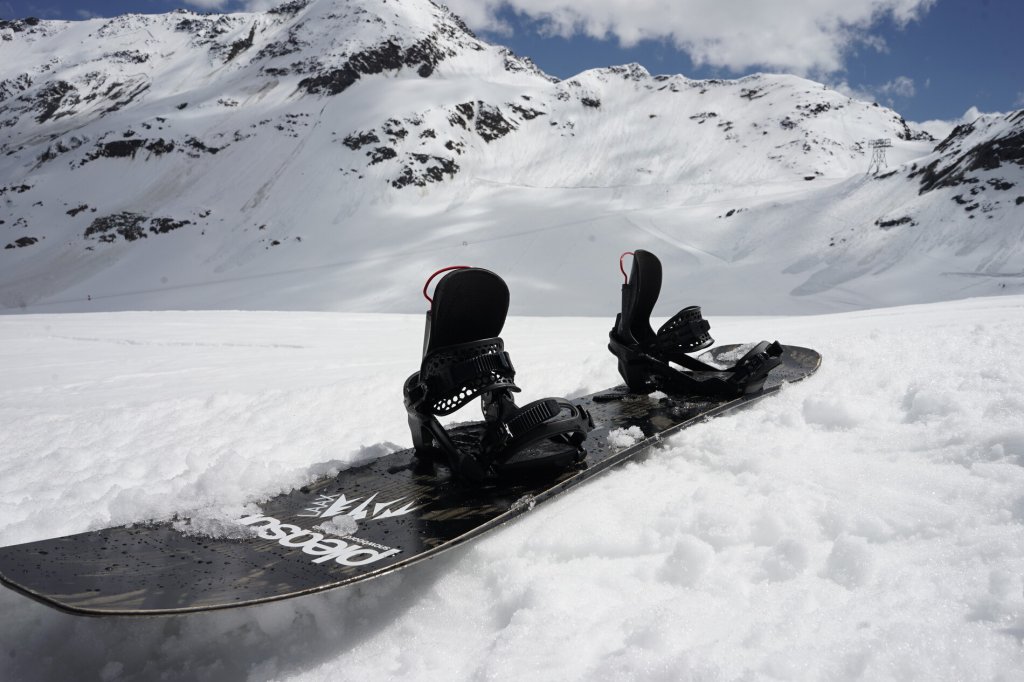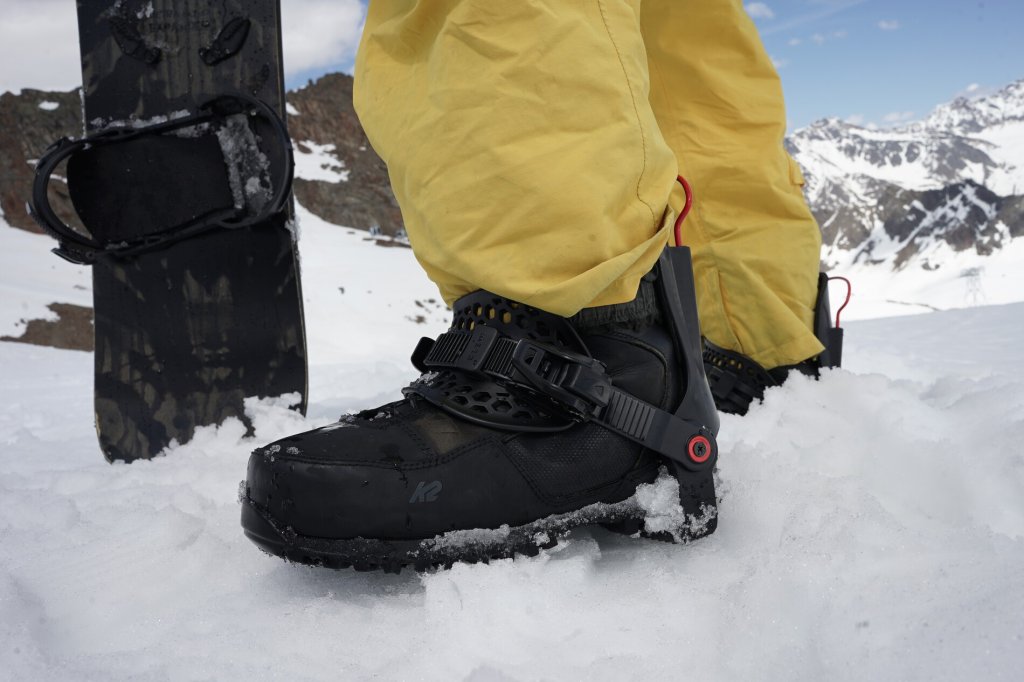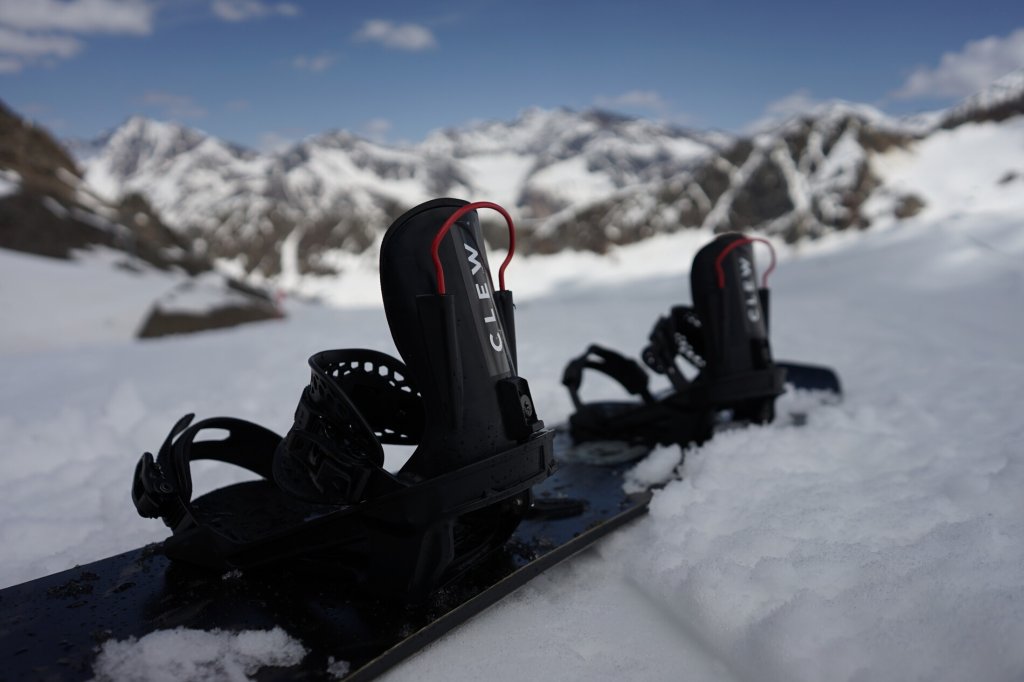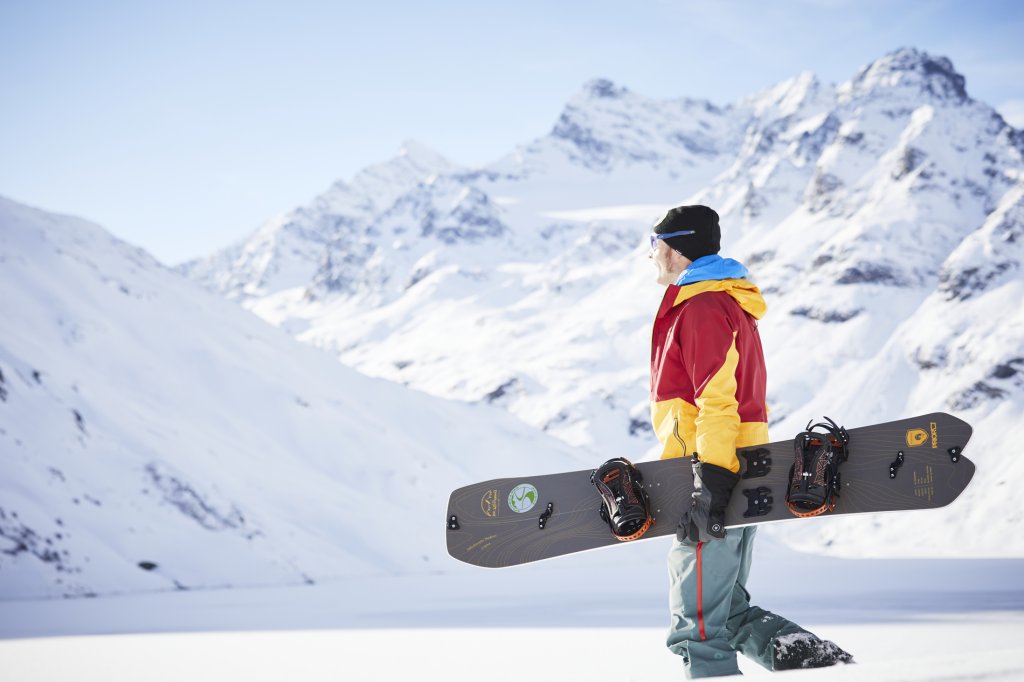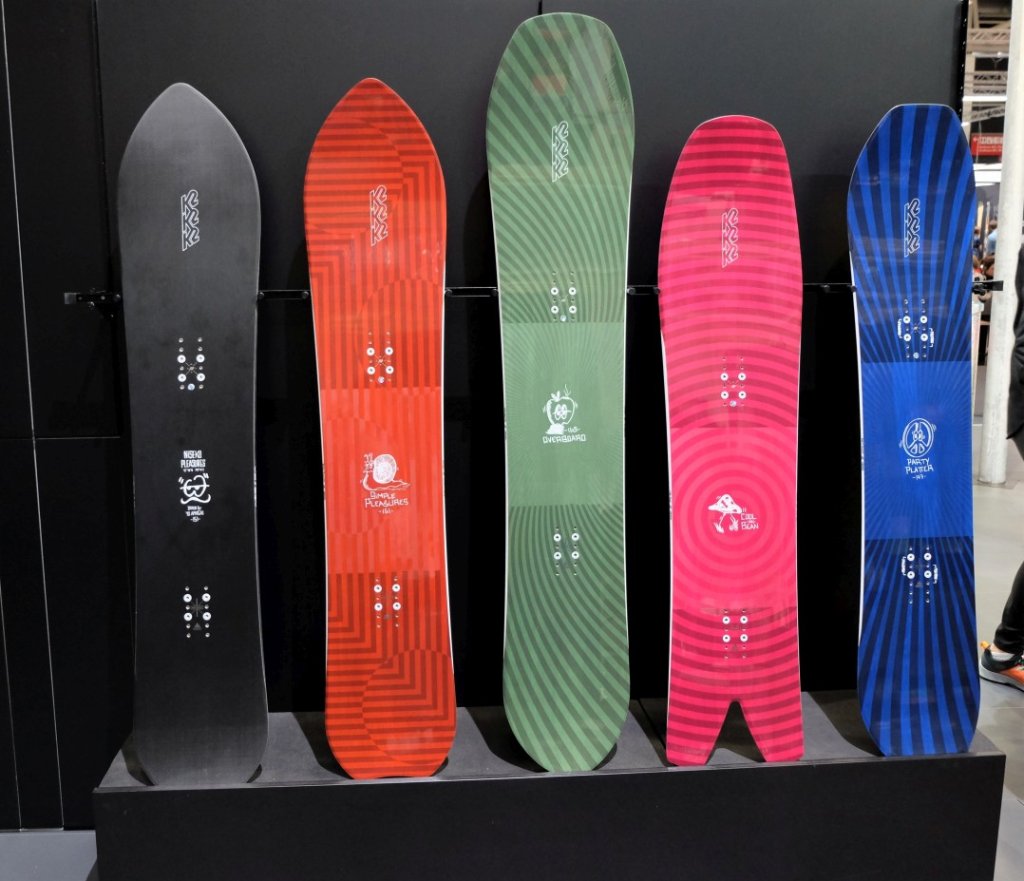Johannes and Jakob developed the first prototype at university in 2017. A lot has happened since then and the "Freedom 1.0" model is now in its second generation of production. The developers attach great importance to quality and fair production. Production takes place just 50 km away from the Munich office - partly with the help of Oberland Werkstätten GmbH - an organisation that provides work for people with disabilities.
CONSTRUCTION
At first glance, the Freedom 1.0 looks like a normal snowboard binding with two straps per foot. However, if you take a closer look at the highback, a red metal lever catches the eye. Pull it once and the binding splits into two parts (compared to other step-in bindings): The baseplate with the toe strap and the highback with the heel strap.
With normal snowboard boots on your feet, the binding can be put on like any other buckle binding when you first get on. The toe strap can also be fixed in place by pressing lightly. When getting out, simply pull the lever and the boot with highback detaches from the rest of the binding. To get back on, place your toes on the toe strap and push your heel down. The two parts connect without any problems. A two-stage locking mechanism and sufficient clearance ensure that ice and snow on the baseplate do not interfere with the connection process. The mechanism is explained in the following video, which can also be found on the official CLEW website:
